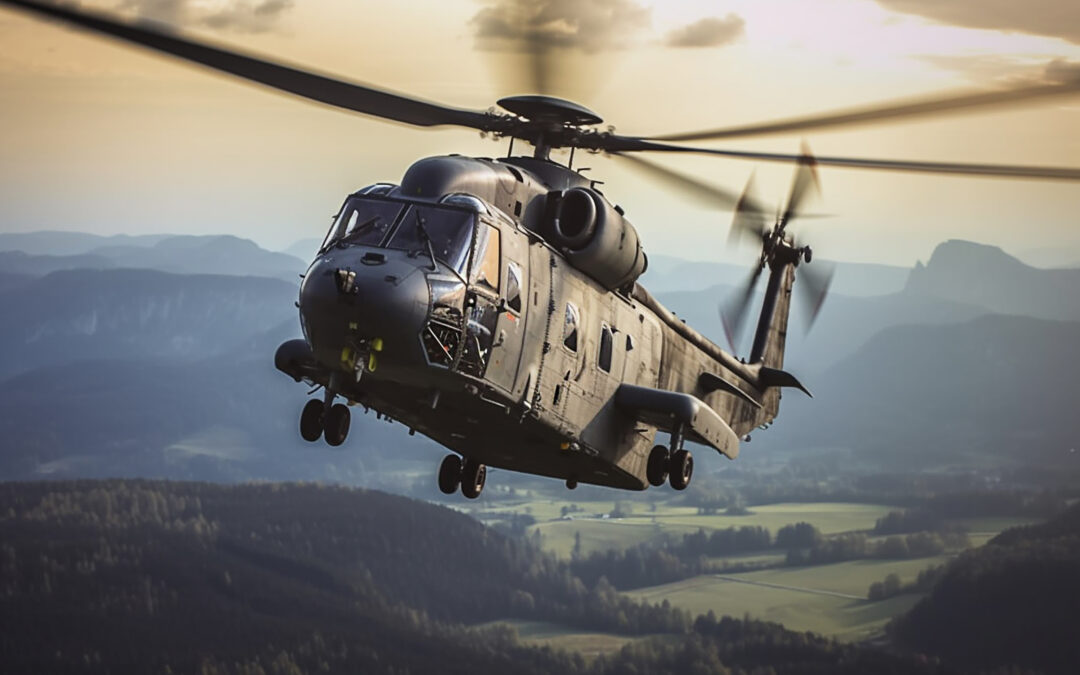In the rapidly evolving landscape of modern military operations, interoperability has emerged as a crucial factor in ensuring effective and seamless coordination among various defense systems. In fact, DoD Principal Deputy Chief Information Officer, Leslie A. Beavers, recently introduced a strategy to drive interoperability and integration in information technology across the Defense Department, emphasizing the growing demand for interoperable systems. This blog explores the significance of interoperability in defense, highlighting its benefits, challenges, and the technological advancements that facilitate it.
Defining the Scope of Interoperability in Defense
Interoperability in the context of defense systems refers to the ability of different systems, units, and organizations to work together seamlessly across various platforms, regardless of their origin or the specific branch of the military utilizing them. It is a critical component in modern defense strategy, enabling effective communication, coordination, and collaboration between diverse military assets, whether they belong to the U.S. Army, Navy, Air Force, Space Force, or Marine Corps.
This capability is not limited to intra-branch operations but extends to joint operations with allied forces, ensuring that multinational coalitions can operate cohesively during missions. The scope of interoperability spans across hardware, software, communications protocols, and even doctrine and training, all designed to ensure that different components can function as a unified force.
Benefits of Interoperability
Interoperability in defense systems offers a range of significant benefits that are crucial for modern military operations. First, it enhances communication and coordination among diverse systems and units, allowing for seamless integration across different branches of the military and allied forces. This capability ensures that all components can operate in sync, leading to increased operational efficiency and effectiveness. Moreover, interoperability improves situational awareness and decision-making capabilities by enabling the real-time sharing of critical information across platforms, which is essential in rapidly changing combat environments. Additionally, by integrating existing systems rather than replacing them entirely, interoperability contributes to significant cost savings. This approach allows defense organizations to leverage their current assets while still upgrading their capabilities, providing a fiscally responsible path to maintaining technological superiority.
Challenges to Achieving Interoperability
Achieving interoperability in defense systems is fraught with several challenges that must be carefully navigated. One of the primary obstacles is the technological barriers posed by legacy systems, which often lack compatibility with newer technologies, making integration difficult. Standardization issues further complicate this process, as the lack of common protocols across different systems can lead to inefficiencies and operational gaps. Security concerns are another significant challenge, particularly with the increasing risk of cyber threats that target interconnected systems, potentially compromising sensitive information and operations. Additionally, political and organizational challenges arise when trying to align different military entities, each with its own set of priorities, doctrines, and operational practices. These factors require robust strategies and coordination efforts to ensure that interoperability can be effectively achieved across diverse platforms and organizations.
Advancements Facilitating Interoperability
Technological advancements are playing a crucial role in facilitating interoperability in defense systems, significantly enhancing the ability of diverse military assets to work together seamlessly. Open architectures and modular systems are at the forefront of this progress, allowing different components to be easily integrated and upgraded, regardless of their origin. The importance of standardized communication protocols and interfaces cannot be overstated, as they ensure that systems across various branches and allied forces can communicate effectively.
Additionally, the role of artificial intelligence (AI) and machine learning is becoming increasingly prominent, as these technologies can automate and optimize the process of integration, making it more efficient and responsive to changing conditions. The advent of 5G and other advanced communications technologies also promises to further enhance interoperability by providing faster, more reliable connections across the battlefield, enabling real-time data sharing and coordination at unprecedented levels.
From an initiative perspective, the Coalition Warrior Interoperability Exercise (CWIX) has evolved over the last several years into a critical NATO-led event that aims to improve the ability of NATO members and partner nations to work together during operations, exercises, and missions ensuring that processes and technologies can efficiently work together. In this yearly exercise, standards are refined, equipment is tested, and interoperability is enhanced. This year, CWIX took place in Poland and it was the largest digital interoperability exercise to date.
Performance Defense Supports Interoperability
Interoperability is the foundation for seamless communication, coordination, and collaboration across diverse military branches and allied nations. In an era where threats are increasingly complex and multi-dimensional, the ability for different systems and units to work together effectively is more vital than ever. Continued investment in cutting-edge technology and fostering collaboration among defense contractors, military branches, and allied nations are essential to maintaining a robust and responsive defense capability. Companies like Performance Defense are at the forefront of supporting the technologies that enable this interoperability, ensuring that military forces remain agile, connected, and prepared to face emerging challenges. Connect with our experts today to learn how our engineering services and solutions can support your mission-critical needs.





